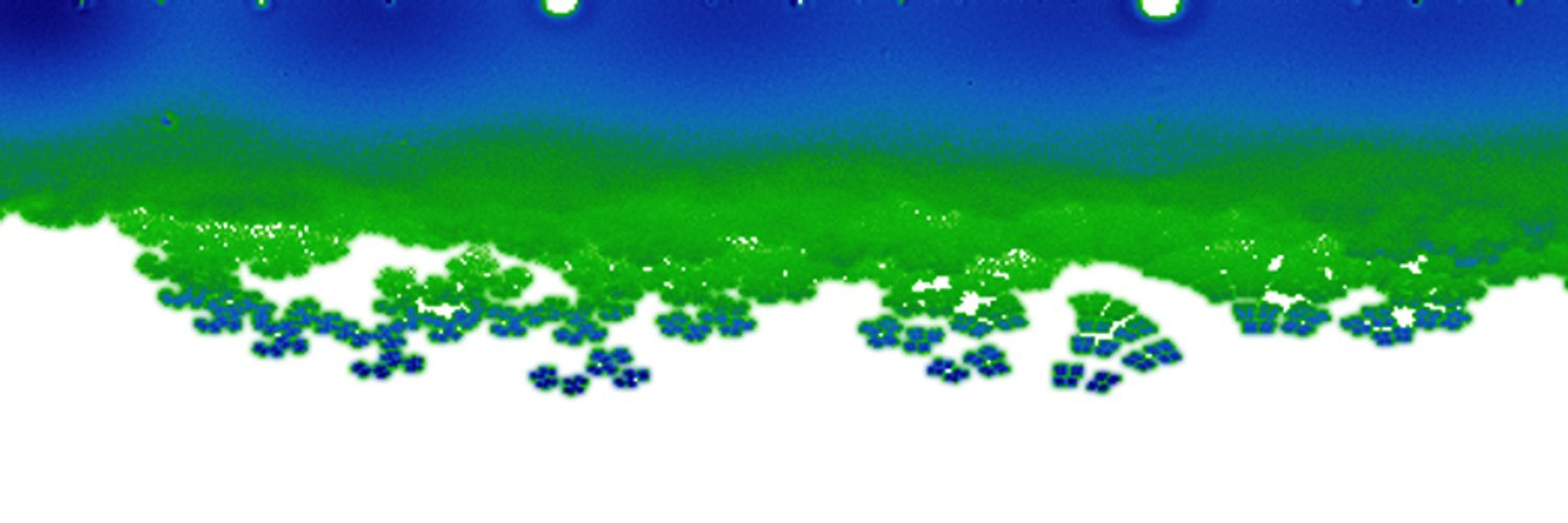Craig Gidney
@craiggidney.bsky.social
950 followers
23 following
180 posts
Research scientist on Google's quantum team, working on reducing the cost of quantum error correction.
Useful tools I've made:
- Quirk: https://algassert.com/quirk
- Stim: https://github.com/quantumlib/stim
- Crumble: https://algassert.com/crumble
Posts
Media
Videos
Starter Packs
Craig Gidney
@craiggidney.bsky.social
· Sep 12
Craig Gidney
@craiggidney.bsky.social
· Sep 12
Craig Gidney
@craiggidney.bsky.social
· Sep 12
Craig Gidney
@craiggidney.bsky.social
· Sep 4
Craig Gidney
@craiggidney.bsky.social
· Sep 3
Craig Gidney
@craiggidney.bsky.social
· Sep 3
Craig Gidney
@craiggidney.bsky.social
· Sep 3
Craig Gidney
@craiggidney.bsky.social
· Aug 27
Craig Gidney
@craiggidney.bsky.social
· Aug 26
Craig Gidney
@craiggidney.bsky.social
· Aug 23
Craig Gidney
@craiggidney.bsky.social
· Aug 6









